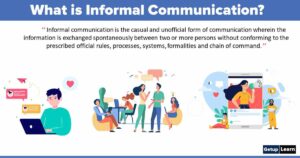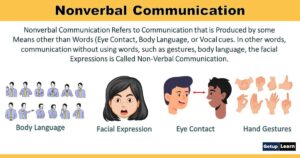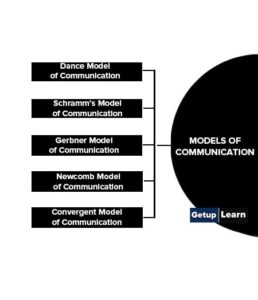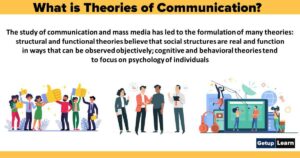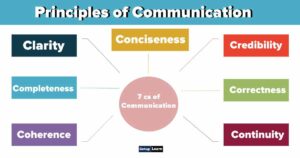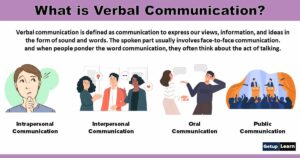Table of Contents
Difference Between Oral and Written Communication
When we speak of language as a tool for communication, we mean both spoken and written forms of the language. Both these modes can be used for communication. While they perform the same functions, their form and manner of use differ in many respects. For example, one makes use of sounds, other of symbols.
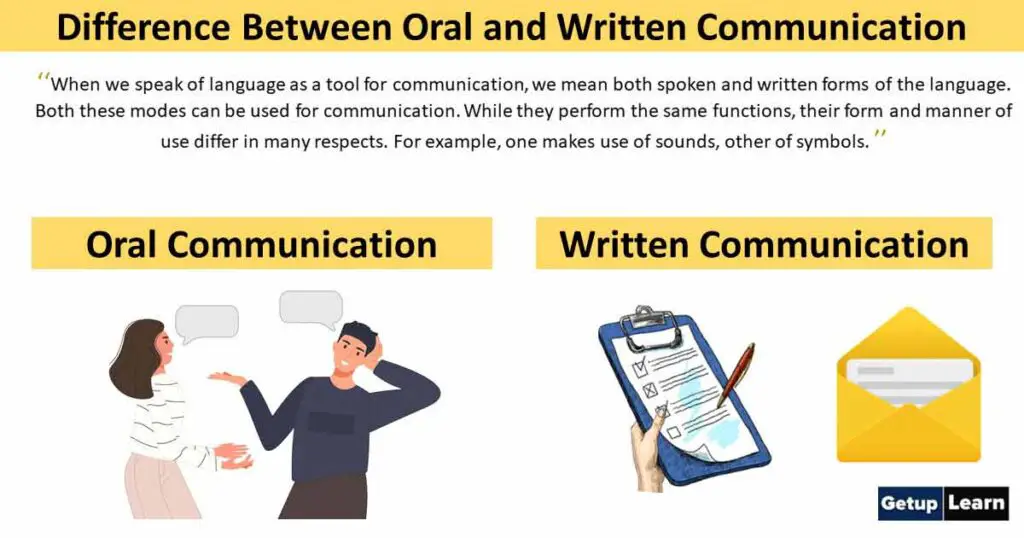
Table of Contents
The speaker has available to him/her the full range of voice quality effects, as well as facial expressions, postural and gestural systems, but these paralinguistic features are denied to the writer.
Written Communication
The writer, on the other hand, has typographical variety at his/her disposal. The speaker is face-to-face with the hearer while the writer writes for an absent reader who may also be far away in space and time.
Every day we choose between written and spoken communication to get our messages across. Sometimes a text or an email is more convenient, but a phone call or face-to-face conversation might get results faster. Knowing which choice is the better option will put you on track to better, more effective communication in the workplace.
What is Oral Communication?
Oral communication is communication by speaking rather than in some other way – for example, writing. You will also be looking at ways of listening to others – an important skill in many everyday situations. It may be face-to-face talk, telephonic talk, video-chat, television, radio or chat over the internet, such as Skype or Whatsapp.
Personal traits such as clarity of pronunciation, pitch, slang, volume, speed, etc. influence this mode of conversation. It is an effective form of communication.
For example, when the teacher teaches in the class, it is face-to-face communication. During the Covid-19 pandemic, classes were held online using Zoom, Google meets or Microsoft Team platforms. It is also face-to-face verbal communication as the teacher and students could see each other although they were not present in the class bodily.
When two persons talk on Skype or Whatsapp, they communicate face-to-face verbally. In the telephonic talk, the communication is verbal although it is not face-to-face as they cannot see each other.
What is Written Communication?
This kind of communication involves any kind of exchange of information in written form. To put it simply, written language communication is communication by means of written symbols that is communicated by or to or between people or groups.
Thus, written communication is the presentation of ideas or essays that make a clear point, supply details supporting that point and demonstrate unity and coherence of thought.
For example, e-mails, texts, letters, reports, SMS, posts on social media platforms, documents, handbooks, posters, flyers, etc. written communication requires careful consideration. Writing is a result of long practise and patience in learning. The written word is an indelible record of proceedings in a business.
Difference Between Oral and Written Communication
Now we will learn about the differences between oral and written communication.
| Differentiation Criteria |
Oral Communication |
Written Communication |
| Meaning | Communicating by word of mouth is termed as oral communication. |
Written communication involves writing/drawing symbols in order to communicate |
| Permanency | Oral communication can be altered or corrected after saying. |
Once written, it is recorded. So the communication either has to be erased or written a new. |
| Applicability | Oral communication is mostly used for immediate confrontations. |
Written communication is usually not preferred for face to face communications. |
| Longevity | Oral communications tend to be forgotten quite easily and quickly. |
Written communications are always recorded, so they stand the test of time. |
| Feedback | Oral communication attracts instant feedback from the listeners. |
Written communication doesn’t normally receive immediate feedback, unless it’s on the internet or electronic. |
| Expression | Speakers use their baritone, sound pitch, volume alteration to convey certain expressions to the listeners. |
Writers use specific words, punctuation marks, etc. to easily put an expression across in the text. |
| Grammar | Normally, grammar is not paid much attention to in oral communication. |
Being grammatically correct is one of the requisites for effective written communication. |
Conclusion
Each of the different media of communication has its strengths and weaknesses which determine its uses and suitability for communication in any particular context. Thus, in some cases, oral communication might be useful while in others, written communication may be necessary, as both of these have their own relative merits and demerits, as discussed above.
As such, one cannot depend upon a particular medium of communication and both of these media are complementary to each other. That is why, in practice, both these media are used. Oral communication, however, is more useful where the subject matter is complex and a final decision requires deliberations from the persons concerned.
Moreover, in day-to-day business and in routine types of activities, oral communication may be relied upon. Where the messages are to be kept for future reference, written communication is the only possibility.
FAQ Section
What is the difference between oral and written communication?
When we speak of language as a tool for communication, we mean both spoken and written forms of the language. Both these modes can be used for communication. While they perform the same functions, their form and manner of use differ in many respects. For example, one makes use of sounds, other of symbols.
Which one of the following is an example of written communication?
This kind of communication involves any kind of exchange of information in written form. To put it simply, written language communication is communication by means of written symbols that is communicated by or to or between people or groups. For example, e-mails, texts, letters, reports, SMS, posts on social media platforms, documents, handbooks, posters, flyers, etc.




